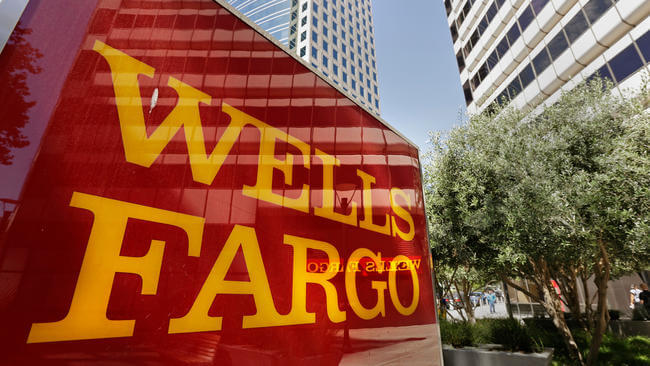

Most of the money to be paid by Wells Fargo through the order by the Consumer Financial Protection Bureau goes to the CFPB with a $3.6 million penalty. The bank must provide $410,000 in relief to borrowers.
The federal agency found that the bank failed to provide important payment information to consumers, charged illegal fees, and failed to update inaccurate credit report information.
How Wells Fargo erred
The consent order includes a number of things Wells Fargo must do, starting with providing at least $410,000 to compensate consumers for illegal late fees.
To get their refund for such fees, students shouldn’t have to do anything. The refunds include payments for the bank failing to disclose its payment allocation practices across multiple loans in a borrower’s account, as well as for not informing consumers that they could instruct the bank to allocate payments in a different way.
Refunds will also happen for illegal fees that were charged because the bank didn’t combine partial payments made in the same billing cycle, and for fees improperly charged when borrowers made a payment on the last day of the grace period.
Misinformation on partial payments
As any borrower can do with a loan, a partial payment can be made — though they’ll likely have to pay a late fee. Still, a partial payment will help a borrower avoid some interest charges, and is better than no payment at all.
For students with multiple loans from a bank, a partial payment can satisfy at least one loan payment in an account, meaning they’d be late for other loans but not the one where the partial payment was made.
Wells Fargo’s billing statements made misrepresentations to borrowers that could have led to an increase in the cost of the loan, according to the CFPB.
It incorrectly told borrowers that paying less than the full amount due in a billing cycle wouldn’t satisfy any obligation on an account. In reality, partial payments on accounts with multiple loans may satisfy at least one loan payment in an account.
This information, the CFPB says, could have deterred borrowers from making partial payments that would have helped at least one of the loans in their account, allowing them to avoid some late fees or delinquency.
Illegal student loan late fees
Even for borrowers who made timely payments on their student loans, Wells Fargo charged certain consumers late fees, the CFPB says.
The bank charged illegal late fees to certain consumers who made payments on the last day of their grace periods, and to certain students who elected to pay their monthly amount due through multiple partial payments instead of one single payment.
Inaccurate credit reporting
The CFPB said that Wells Fargo also didn’t update and correct inaccurate, negative information reported to credit reporting companies about borrowers who made partial payments or overpayments.
Such errors could damage a consumer’s ability to access credit or make borrowing more expensive.
What Wells Fargo must do
The CFPB ordered several steps that Wells Fargo must take to deal with its illegal student loan servicing practices.
Along with paying a fine and refunding consumers, it must allocate partial payments in a way that satisfies the amount due for as many of the loans as possible, unless the borrower directs otherwise. This can help reduce the number of delinquent loans in an account, as wells as the number of late fees.
Federal student loan servicers are already under a similar and new federal policy guidance to handle partial payments.
The bank is also required to improve its billing statements so that disclosures are made to explain how the bank allocates payments and how borrowers can direct payments to any of the loans in their student loan account.
Wells Fargo is also required to remove any negative student loan information that has been inaccurately or incompletely provided to a consumer reporting company.
Widespread student loan problems
Last year the CFPB issued a report about widespread servicing failures reported by student loan borrowers, adding to the problems that one in four student loan borrowers have by being in default or struggling to pay their loans.
Student loans make up the nation’s second largest consumer debt market, with 40 million federal and private student loan borrowers who collectively owe about $1.3 trillion.
Wells Fargo is a private lender, doing business in student loans as Educational Financial Services. It originates and services private student loans to 1.3 million customers in all 50 states.
Last year the CFPB found that more than 8 million borrowers are in default on more than $110 billion in student loans, which the CFPB says may be driven by breakdowns in student loan servicing.
Private student loans account for $100 billion of all outstanding student loans. While that’s a small portion of the market, the consumer agency found that they are generally used by borrowers with high levels of debt who also have federal loans.

